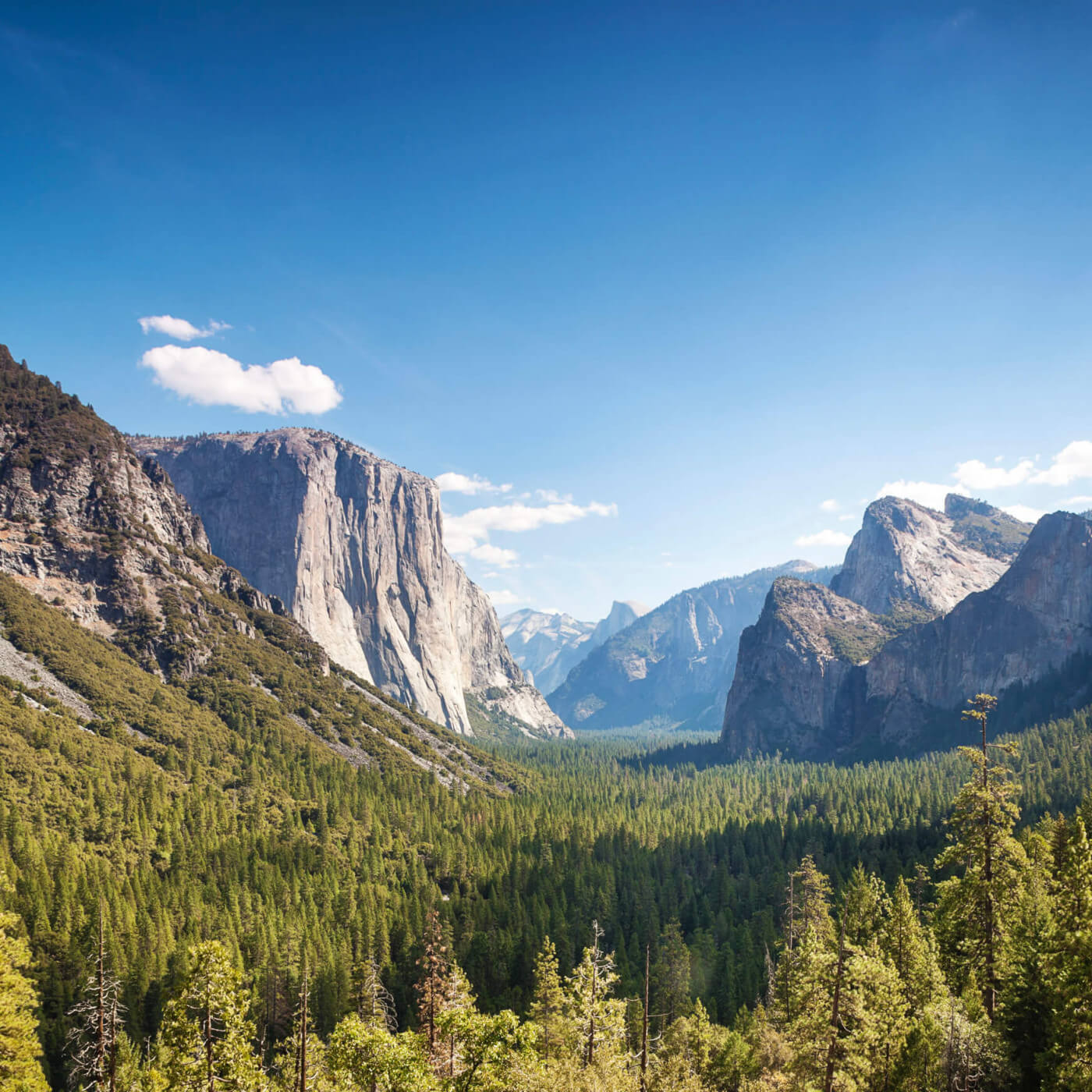Written by Lauren James Budhu
When you hear the classic song “America the Beautiful,” what do you think of? Do you think of “amber waves of grain,” or, “purple mountain majesties”? Or what about “from sea to shining sea”?
Whatever lyric you think about, there is no doubt that the patriotic song by Katharine Lee Bates perfectly encapsulates the majestic lands that extend from the four corners of the United States and beyond. One of the main ways that we are able to bask in the beauty of our country is through our park system. The United States is filled with local, state and national parks, many of which are free to the public.
In 1916, the National Park Service, the organization that oversees all of America’s national parks, was born out of the Organic Act signed by President Woodrow Wilson. Before that, our rich history of national parks began in 1864 when President Abraham Lincoln signed the Yosemite Land Act. This Act was aimed to protect the beautiful northern landscape of California that would later become Yosemite National Park.
Unfortunately, over the years, litter has inundated our beautiful protected lands, skyrocketing since the pandemic shut everything down in 2020 when the number of visitors grew tenfold. In fact, the National Park Service now manages more than 100 million pounds of waste from visitors and park operations every year, according to the article “The Trash Problem at National Parks.” That’s enough to fill the Statue of Liberty more than 1,800 times! This growing trash problem could prove threatening to plant and animal populations that are already endangered. It’s a larger mess than some parks are able to handle; for instance, the eight national parks in Alaska face a host of logistical problems with recycling and composting because of its remoteness. In places like the Rocky Mountain National Park, bears are sometimes killed to protect visitors because of food-driven aggression from leftover human food.
Luckily, teams at numerous national parks such as Yosemite have enacted major recycling programs and composting programs to combat the growing waste problem. Additionally, due to large amounts of plastic waste, numerous parks have installed water refill stations.
Want to make a difference and reduce your footprint? Before heading to your favorite park:
● Check the park’s website for more information on their recycling and composting programs so you know how to properly dispose of your trash
● Reduce single use plastics by bringing a reusable water bottle and snack containers to refill at the park
● Buy and use biodegradable soaps, shampoos, and toiletries when camping
● Always pick up after yourself; if you can, take your trash and recyclables back home with you
Be part of the solution. On the upcoming Carl Garner Federal Lands Cleanup Day on September 10th, pull a group together, grab a bag and pick up trash at your nearby park. Let’s take good care of our national treasures!


















